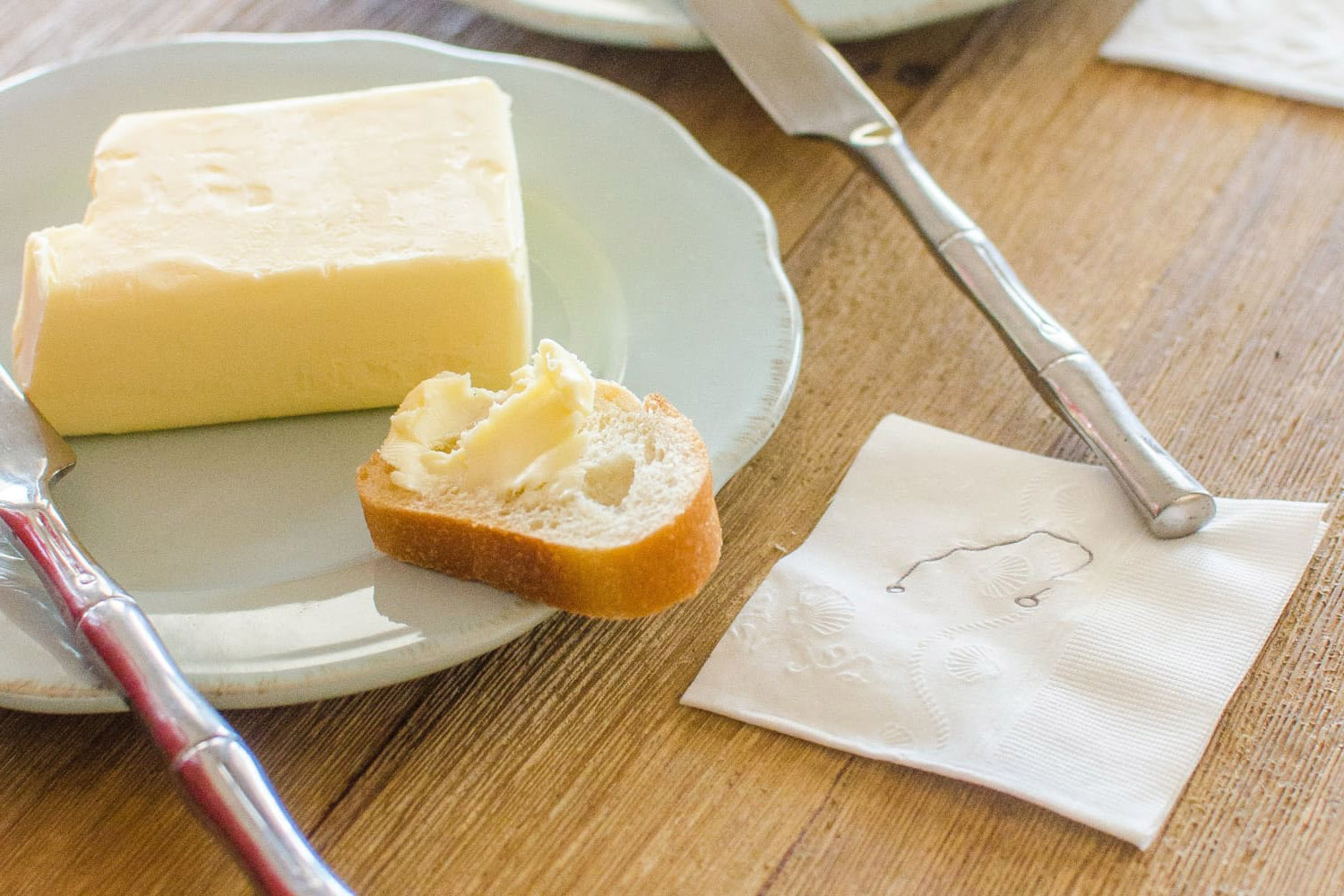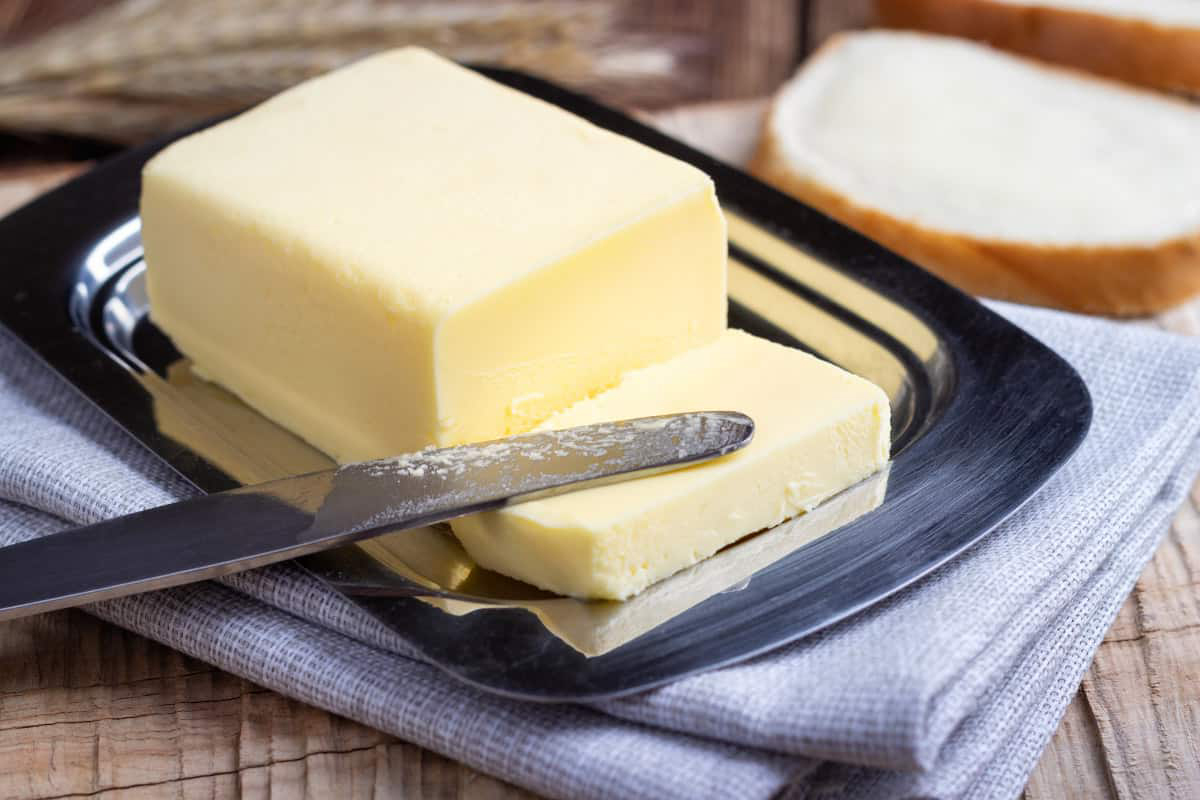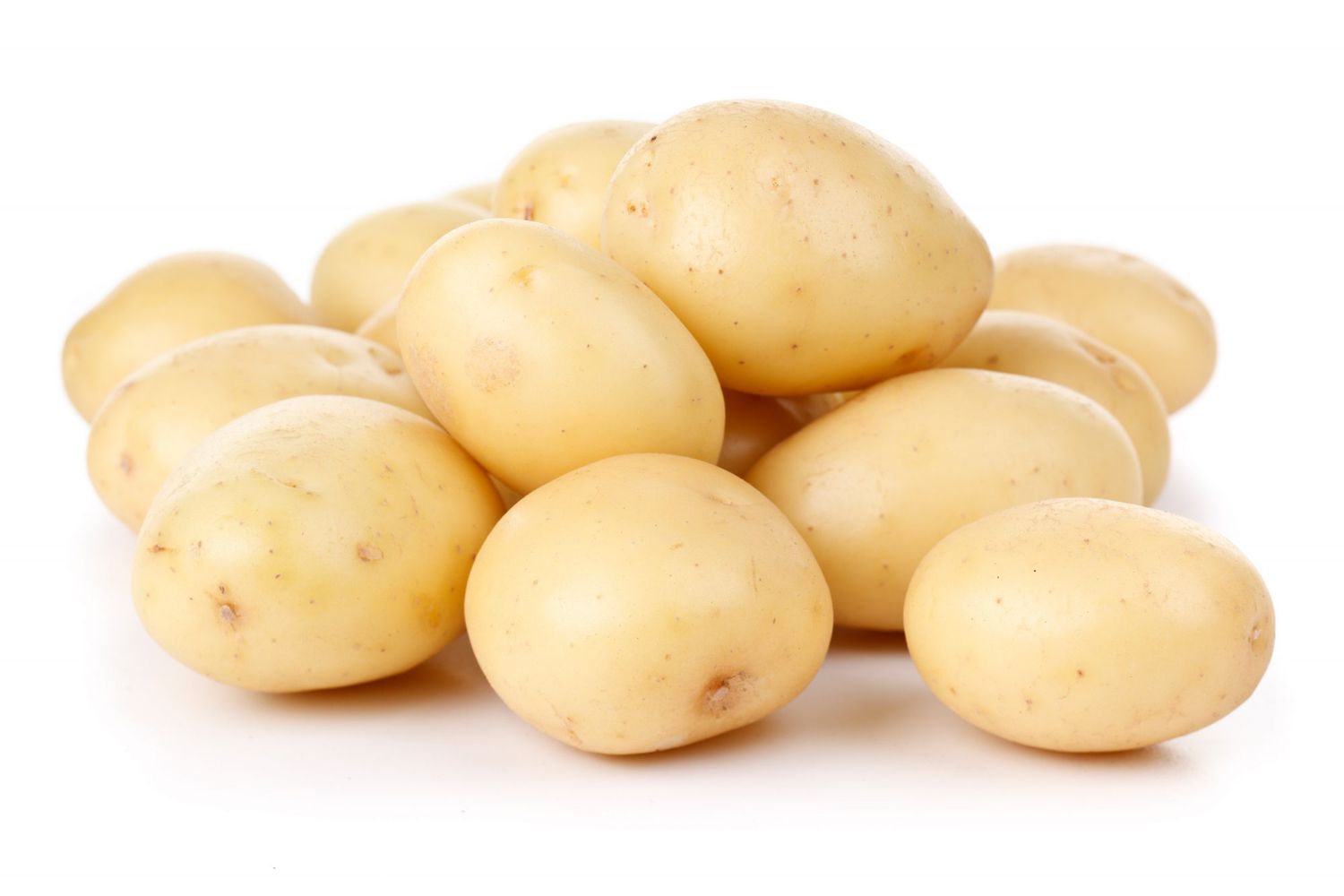Italian eggplant, also known as "Melanzana" in Italian, is a versatile and delicious vegetable that is a staple in Italian cuisine. This unique variety of eggplant is known for its vibrant purple skin and creamy texture, making it a popular ingredient in a wide range of dishes. If you're curious about Italian eggplant and want to learn more about its origins, uses, and nutritional benefits, you've come to the right place.
Origins of Italian Eggplant
Italian eggplant is believed to have originated in India and was later introduced to Italy by Arab traders during the Middle Ages. Over time, Italian farmers began cultivating and adapting the vegetable to suit their local climate and culinary preferences, leading to the development of the distinct Italian variety we know today.
Characteristics of Italian Eggplant
Italian eggplant is characterized by its oblong or pear-shaped body, deep purple skin, and creamy white flesh. Unlike some other varieties of eggplant, Italian eggplant tends to have fewer seeds and a sweeter, milder flavor. This makes it a popular choice for cooking and incorporating into a wide range of dishes.
Culinary Uses
Italian eggplant is incredibly versatile and can be prepared in numerous ways. Whether it's grilled, roasted, sautéed, or fried, Italian eggplant adds a unique flavor and texture to any dish. Some popular Italian recipes featuring eggplant include:
- Eggplant Parmigiana: A classic Italian dish that layers thinly sliced and breaded eggplant with tomato sauce and cheese, then baked to perfection.
- Caponata: A Sicilian eggplant dish that combines eggplant, tomatoes, onions, and other vegetables, all simmered in a sweet and sour sauce.
- Ratatouille: A French Provençal stewed vegetable dish that often includes Italian eggplant, along with zucchini, bell peppers, and tomatoes.
Nutritional Benefits
Italian eggplant is not only delicious but also packed with essential nutrients. It is low in calories and rich in fiber, making it a great addition to a healthy diet. Additionally, it contains vitamins and minerals such as vitamin C, vitamin K, potassium, and manganese, which contribute to overall health and well-being.
How to Select and Store
When selecting Italian eggplant, look for ones that are firm, with smooth and shiny skin. Avoid eggplants that are soft, wrinkled, or have blemishes. To store Italian eggplant, keep it in a cool, dry place or in the refrigerator for up to five days. It's best to use it as soon as possible for the freshest flavor and texture.
In Conclusion
Italian eggplant is a beloved ingredient in Italian cuisine, prized for its unique flavor and versatility. Whether you're making a traditional Eggplant Parmigiana or experimenting with new recipes, Italian eggplant is sure to add a delicious twist to your culinary creations. So, the next time you're at the market, be sure to pick up some Italian eggplant and get ready to elevate your cooking to a whole new level!
Was this page helpful?
Read Next: What Is Ghee Butter











